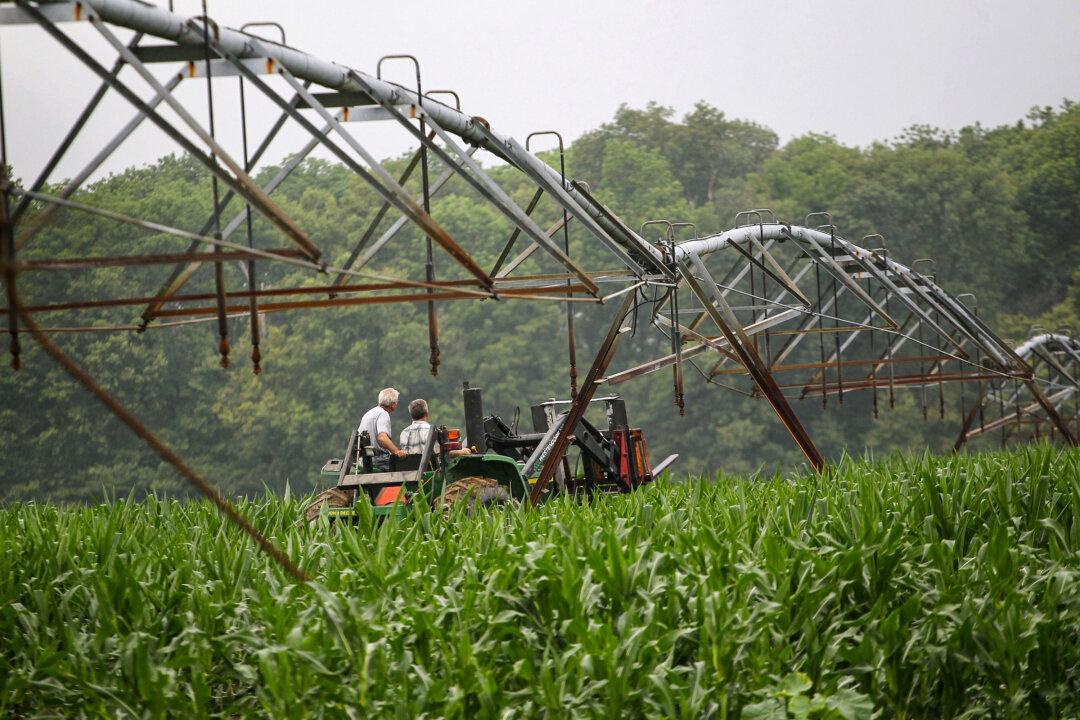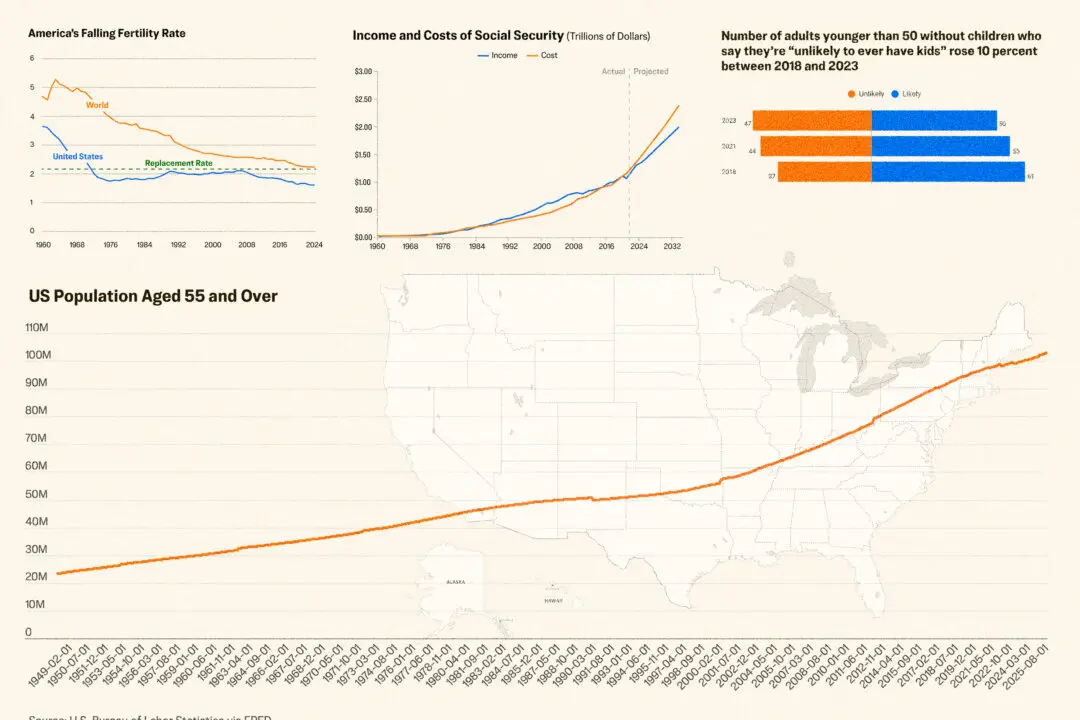Proponents of genetic engineering in agriculture have long argued that genetically modified organisms (GMO) produce better crop yields than their natural counterparts. In recent years, GMOs have also been touted as being better for the climate and resistant to erratic weather.
But some researchers dispute these claims, and public polling shows that consumers have mixed feelings about GMOs.





